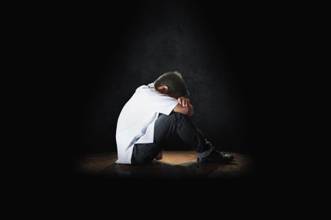
Adolescence: what an amazing stage of life, with all its dramatic hormonal changes, transforming that sweet little kid into a teenager who knows their own mind, becomes their own person and finds their own direction. If all goes well, transition to adulthood means the teenager fully engages with their drive and creativity, discovers their sexuality in the context of a loving relationship and develops enhanced levels of social and emotional intelligence.
But if things go wrong and teenagers experience traumatic life events with no one to help them make sense of what’s happened, they can find themselves living with the torment of shame, anxiety, depression, low self-esteem, peer pressure, identity crises, and relationship breakdowns. Many will try to alleviate unbearable psychological pain with alcohol, drugs, self- harm and/or anti-social behaviour. But it doesn’t have to be this way.
There is a mass of research including the social buffering studies showing that the presence of just one emotionally available adult in a teenager’s life vastly reduces the risk of their transition into adulthood being tormented or difficult. For many teenagers this will be a teacher, preferably one who is suitably trained in trauma informed practice. The following case study bears this out.
Abused mother
Sam, aged 14, was a proud member of the school’s rugby club. The teenagers in the club had worked incredibly hard so were promised a trip to the beach as a reward.
Sam came from a very troubled background - his mother (a single parent) had been a victim of childhood abuse, and never received counselling to help her process what had happened.
The problem is that unprocessed trauma doesn’t just happily sit still in the mind. Research shows that traumatic memories show no hope of fading until they are worked through in the present. Failure to process traumatic memories can result in triggering flashbacks and debilitating mental health problems.